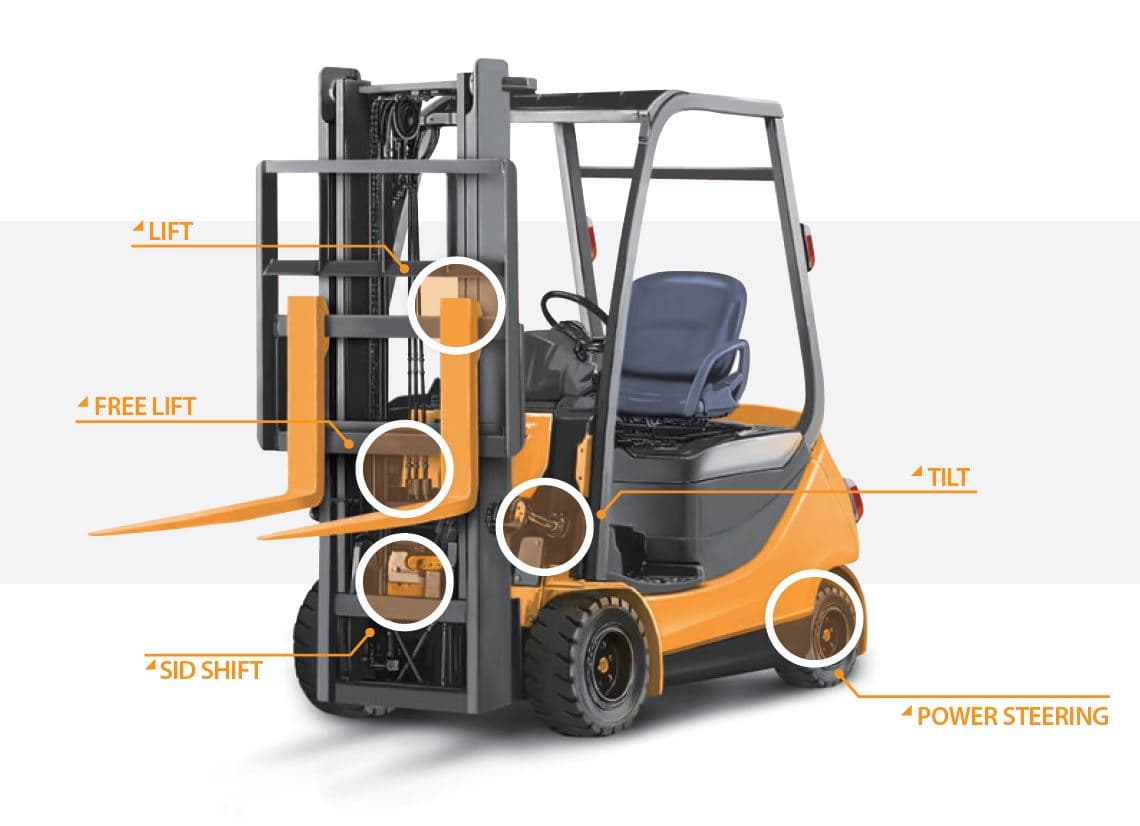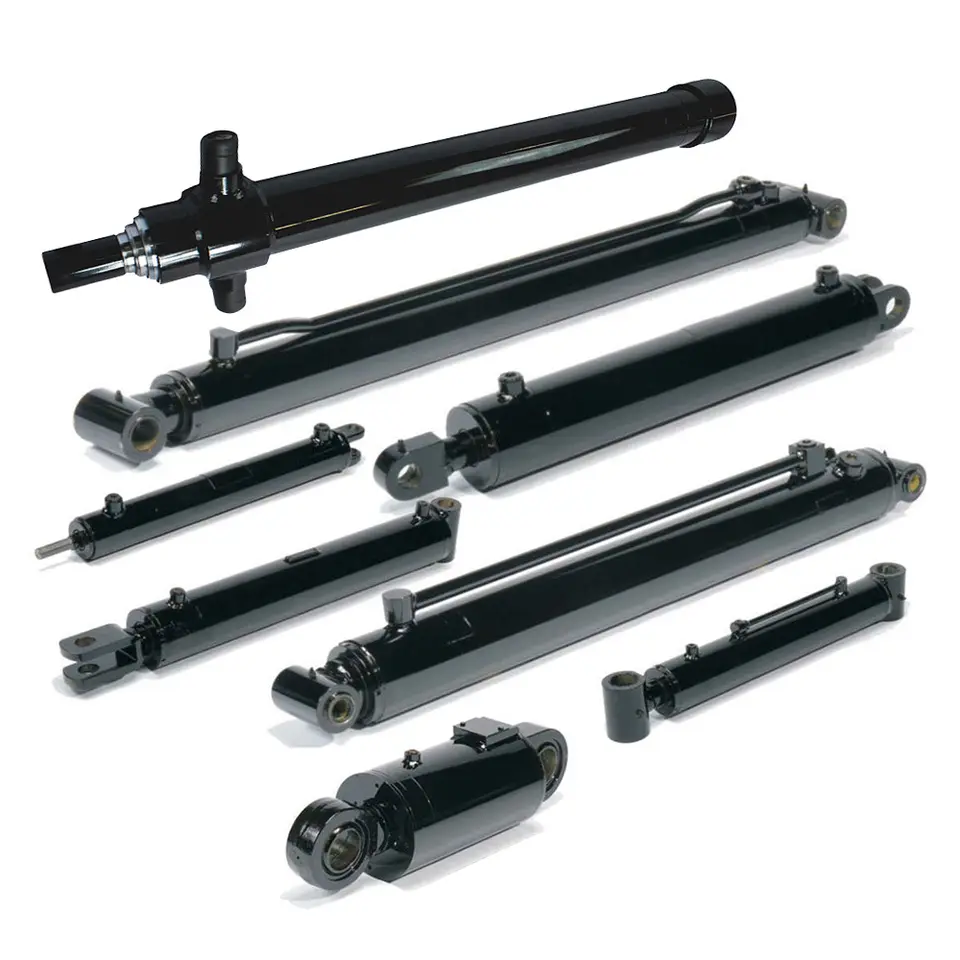Product Description
Multi-stage garbage truck hydraulic cylinder 3HSTG115-1714 for sale
Our hydraulic cylinder are widely applied to the hydraulic system of various garbage trucks, includes pushing cylinder, sliding cylinder, scraping cylinder, lifting cylinder, etc.
The pushing cylinder is double-acting multi-stage telescopic type cylinder, both the inlet and outlet are at the rod end. This series cylinder is reasonable, reliable, easy to install and easy to repair. Comply with the actual technical parameters, we provide customized service.
| Model |
Name |
Pressure bar |
Stroke mm |
Bore dia. mm | Rod dia. mm |
| 3HSTG115*1714 |
Shiting cylinder | 200 | 1714 | 115/90/63 | 105/75/50 |
/* March 10, 2571 17:59:20 */!function(){function s(e,r){var a,o={};try{e&&e.split(",").forEach(function(e,t){e&&(a=e.match(/(.*?):(.*)$/))&&1
| Certification: | ISO9001 |
|---|---|
| Pressure: | High Pressure |
| Work Temperature: | Normal Temperature |
| Acting Way: | Double Acting |
| Working Method: | Straight Trip |
| Adjusted Form: | Regulated Type |
| Samples: |
US$ 200/Piece
1 Piece(Min.Order) | |
|---|
| Customization: |
Available
|
|
|---|

What are the Advantages of Using Hydraulic Cylinders in Forklifts?
Hydraulic cylinders play a pivotal role in the operation of forklifts, providing several advantages that contribute to their efficiency, versatility, and overall performance. Here are the key advantages of using hydraulic cylinders in forklifts:
- High Lifting Capacity:
- Smooth and Controlled Operation:
- Adjustable Lift Heights:
- Quick Response Time:
- Reliable and Robust:
- Simple and Compact Design:
- Wide Range of Applications:
- Ease of Maintenance:
Hydraulic cylinders are capable of generating significant lifting forces, allowing forklifts to handle heavy loads with ease. The hydraulic system's ability to generate high pressure and transfer it to the cylinder results in impressive lifting capacities, enabling the forklift to lift and transport substantial loads efficiently.
Hydraulic cylinders provide smooth and controlled operation during lifting and lowering processes. The hydraulic fluid, acting as the medium, offers excellent resistance to compression and allows for precise control over the movement of the piston. This enables operators to perform delicate maneuvers and position loads accurately, contributing to safe and efficient material handling.
Hydraulic cylinders allow for adjustable lift heights in forklifts, providing versatility in various material handling tasks. By controlling the amount of hydraulic fluid pumped into the cylinder, operators can raise or lower the forks or lifting platform to suit different load sizes, stacking heights, and clearance requirements. This adaptability enhances the forklift's versatility and enables it to work efficiently in various environments.
Hydraulic systems, including hydraulic cylinders, offer rapid response times, resulting in swift lifting and lowering operations. When operators activate the hydraulic controls, the hydraulic fluid instantly transmits pressure to the cylinder, initiating the desired movement. This quick response time allows for efficient load handling, reduces cycle times, and improves overall productivity in material handling applications.
Hydraulic cylinders are known for their reliability and durability, making them suitable for demanding industrial applications. They are designed to withstand heavy loads, frequent use, and harsh operating conditions. With proper maintenance and regular inspections, hydraulic cylinders in forklifts can provide long service life and dependable performance, minimizing downtime and maintenance costs.
The design of hydraulic cylinders is relatively simple and compact, contributing to the overall compactness and maneuverability of forklifts. The compact size of the hydraulic cylinders allows for efficient integration within the forklift's structure, optimizing space utilization and ensuring that the forklift remains agile and capable of maneuvering in tight spaces.
Hydraulic cylinders in forklifts find applications across a wide range of industries and material handling tasks. Whether it is lifting and stacking pallets, loading and unloading cargo, or handling heavy industrial equipment, the versatility and adaptability of hydraulic cylinders make them suitable for various tasks and environments.
Hydraulic cylinders are relatively easy to maintain, with routine inspections and preventive maintenance ensuring their optimal performance. Regular checks for leaks, proper lubrication, and component replacements as needed can help extend the lifespan of the hydraulic cylinders and contribute to the overall reliability and safety of the forklift.
The advantages offered by hydraulic cylinders in forklifts, such as high lifting capacity, smooth operation, adjustable lift heights, quick response time, reliability, compact design, versatility, and ease of maintenance, make them indispensable components in the material handling industry. These advantages contribute to enhanced productivity, improved safety, and efficient handling of loads in diverse work environments.
 \
\
Can hydraulic cylinders be used in order fulfillment centers?
Yes, hydraulic cylinders can be used in order fulfillment centers. Order fulfillment centers require efficient and precise material handling equipment to handle the storage and movement of goods. Hydraulic cylinders are commonly used in various applications within these centers. Here's an explanation of how they can be utilized:
Hydraulic cylinders find applications in order fulfillment centers in the following ways:
1. Conveyor Systems:
Conveyor systems are extensively used in order fulfillment centers for the transportation of goods. Hydraulic cylinders are employed to control the movement and positioning of conveyor belts. These cylinders enable smooth and precise adjustments of the conveyor height, ensuring efficient transfer of items between different processing areas.
2. Lift Tables and Platforms:
Hydraulic cylinders are utilized in lift tables and platforms used for order picking and loading/unloading operations. These cylinders provide controlled lifting and lowering of the tables or platforms, allowing operators to adjust the working height as needed. This enables ergonomic working conditions and precise alignment with shelving or loading docks.
3. Scissor Lifts:
Scissor lifts are commonly used in order fulfillment centers to reach elevated areas for order picking or stock replenishment. Hydraulic cylinders power the vertical movement of scissor lifts, providing stability and controlled elevation. The cylinders allow for precise positioning at different heights, enhancing efficiency and safety during the order fulfillment process.
4. Pallet Handling Equipment:
Order fulfillment centers often utilize pallet handling equipment, such as pallet jacks and pallet positioners, to move and stack palletized goods. Hydraulic cylinders are integral components of these machines, enabling the lifting and lowering of pallets. The cylinders provide the necessary force and control to handle heavy loads and ensure accurate placement of pallets.
5. Automated Guided Vehicles (AGVs):
AGVs are autonomous vehicles utilized in order fulfillment centers to transport goods within the facility. Hydraulic cylinders are employed in the lifting mechanisms of AGVs, allowing them to pick up and drop off loads at designated locations. The cylinders enable precise vertical movement and positioning of the load, ensuring accurate and efficient material handling.
In summary, hydraulic cylinders have various applications in order fulfillment centers, including conveyor systems, lift tables and platforms, scissor lifts, pallet handling equipment, and AGVs. These cylinders contribute to efficient and precise material handling, enhancing productivity and streamlining the order fulfillment process.

What is the Importance of Regular Maintenance for Hydraulic Cylinders?
Regular maintenance for hydraulic cylinders is of utmost importance to ensure their optimal performance, longevity, and safe operation. Hydraulic cylinders are critical components in various industrial applications, and neglecting their maintenance can lead to decreased efficiency, increased downtime, and potential safety hazards. Here are some key reasons highlighting the importance of regular maintenance for hydraulic cylinders:
- Preventive Maintenance:
- Optimal Performance:
- Extended Lifespan:
- Safety:
- Compliance with Manufacturer Recommendations:
Regular maintenance allows for preventive measures to be taken to identify and address potential issues before they escalate. By following a scheduled maintenance plan, hydraulic cylinders can be inspected for signs of wear, leaks, or damage. Regular servicing, such as lubrication, seal replacements, and cleaning, helps to keep the cylinders in optimal condition, minimizing the risk of unexpected failures and costly repairs.
Proper maintenance ensures that hydraulic cylinders operate at their peak performance. Over time, contaminants, such as dirt, debris, and moisture, can accumulate within the hydraulic system, affecting the cylinder's performance. Regular maintenance includes the cleaning and flushing of the hydraulic system, which helps to remove contaminants and maintain the proper functioning of the cylinder. This, in turn, ensures efficient and reliable operation, maximizing productivity and minimizing downtime.
Regular maintenance significantly contributes to the longevity of hydraulic cylinders. By addressing wear and tear, replacing worn-out components, and maintaining proper fluid levels and cleanliness, the overall lifespan of the cylinders can be extended. Well-maintained cylinders are less prone to premature failures and breakdowns, reducing the need for frequent replacements and saving on replacement costs in the long run.
Maintaining hydraulic cylinders in good working condition is crucial for ensuring the safety of personnel and equipment. Hydraulic failures, such as leaks, seal failures, or component malfunctions, can lead to hazardous situations, including uncontrolled movements, equipment damage, or injury to operators or nearby personnel. Regular maintenance helps to identify and rectify potential safety risks, ensuring that the hydraulic cylinders operate safely and reliably.
Regular maintenance ensures compliance with the manufacturer's recommendations and guidelines for hydraulic cylinders. Manufacturers often provide specific maintenance intervals and procedures to keep the cylinders in optimal condition. Following these recommendations helps to uphold warranty requirements, maintain equipment reliability, and ensure that the cylinders perform as intended.
In summary, regular maintenance for hydraulic cylinders is essential for preventive measures, optimal performance, extended lifespan, safety, and compliance. By implementing a proactive maintenance program, including inspections, cleaning, lubrication, and component replacements, the overall reliability and efficiency of hydraulic cylinders can be maximized, reducing the risk of failures, improving productivity, and enhancing workplace safety.


editor by CX 2024-02-13